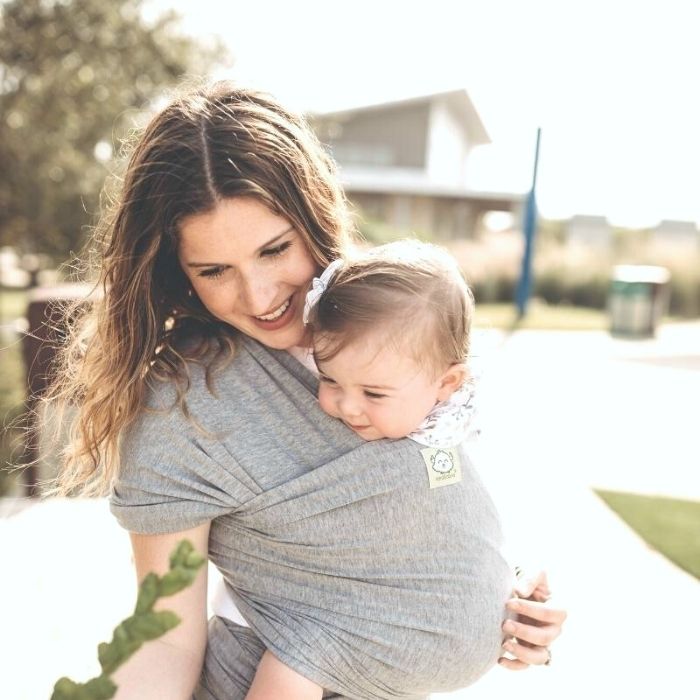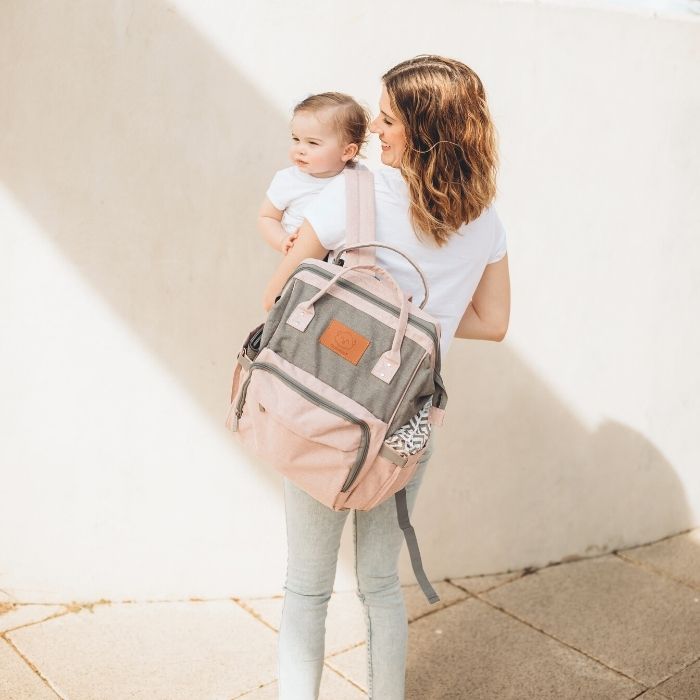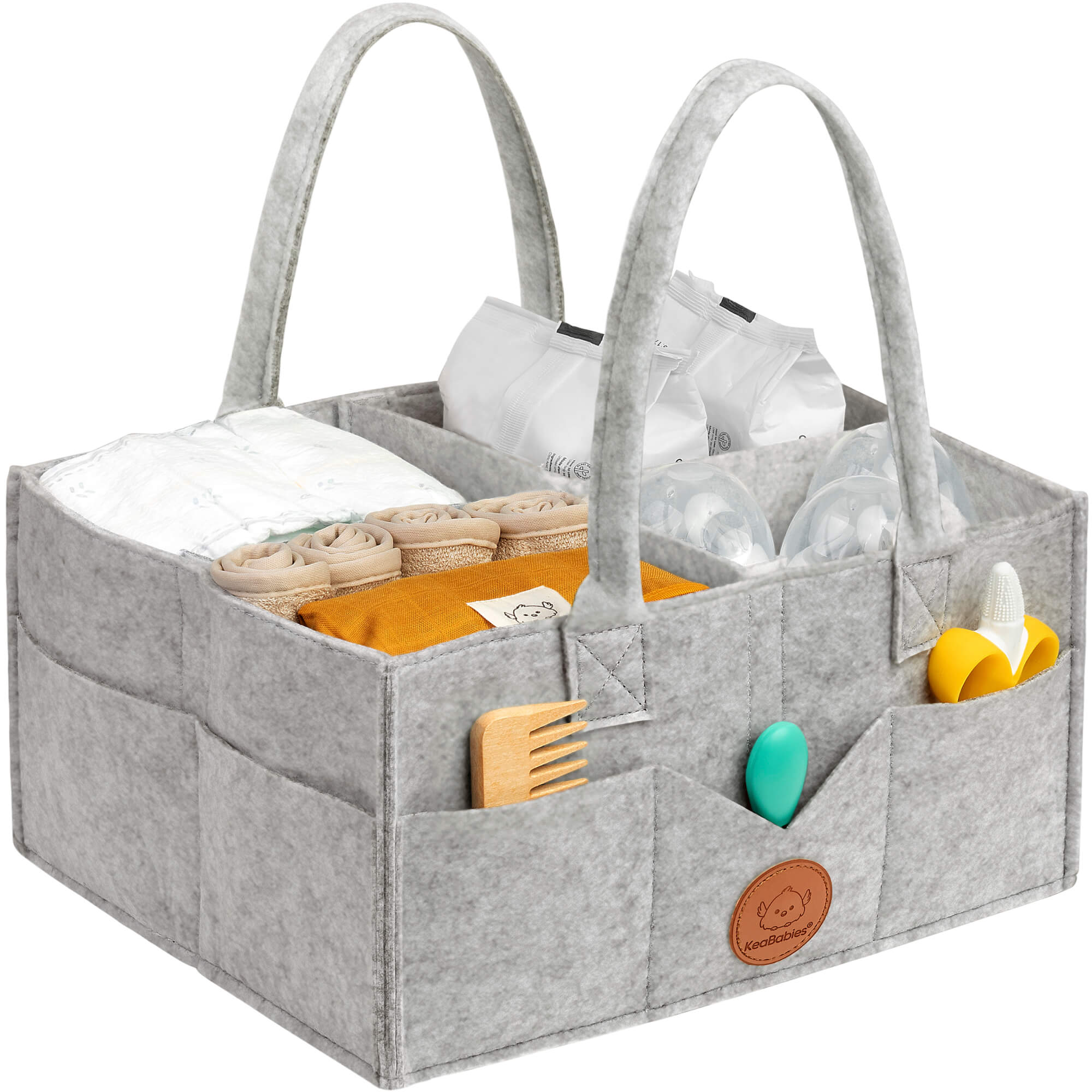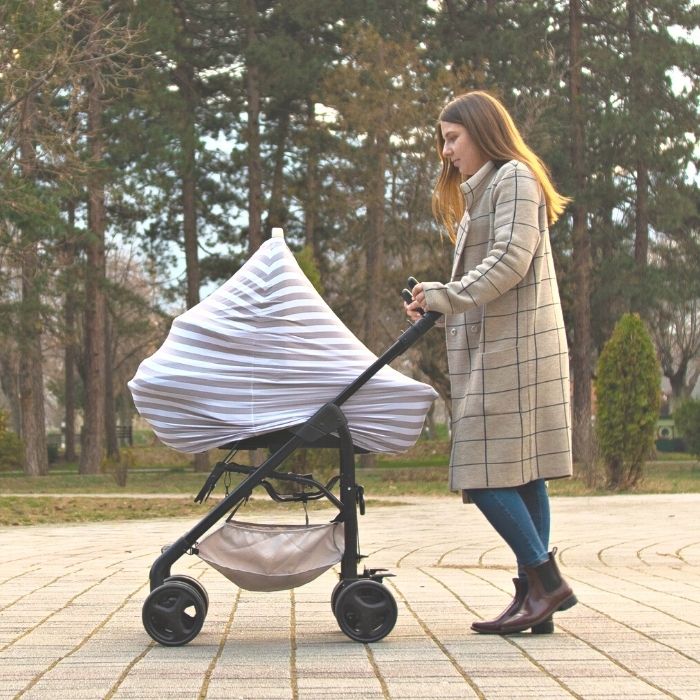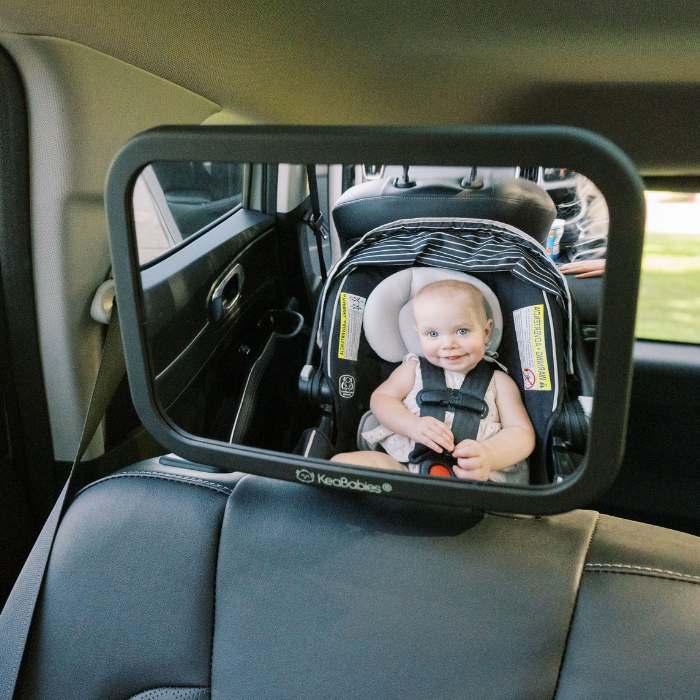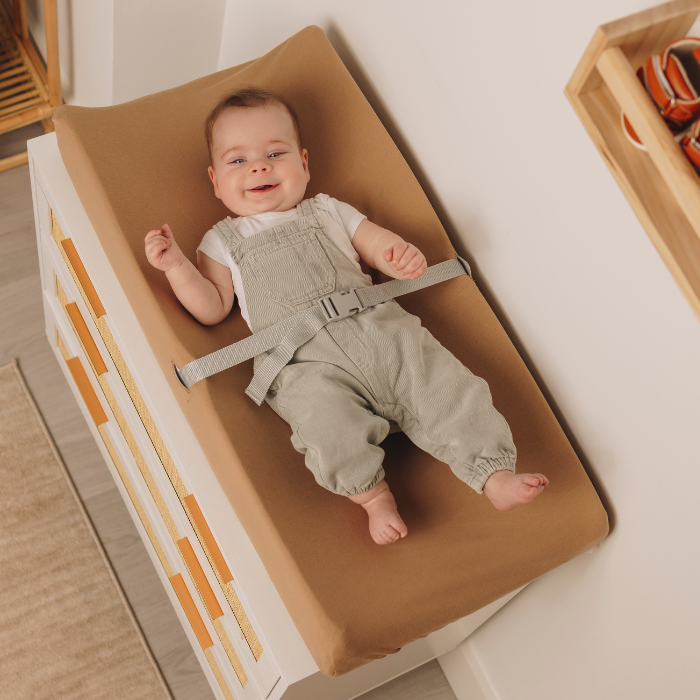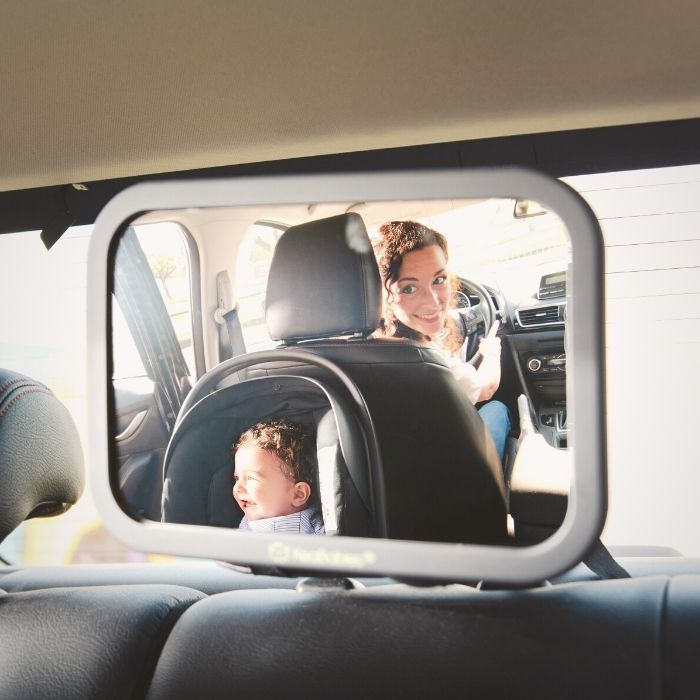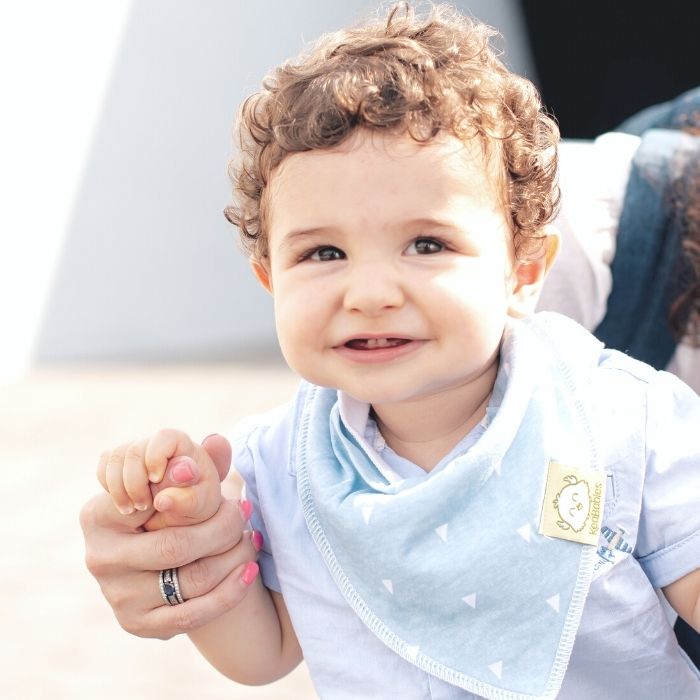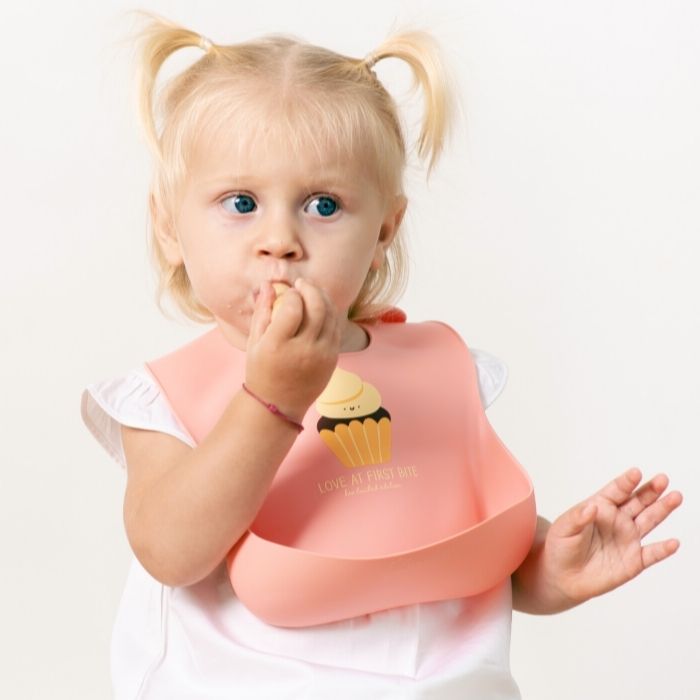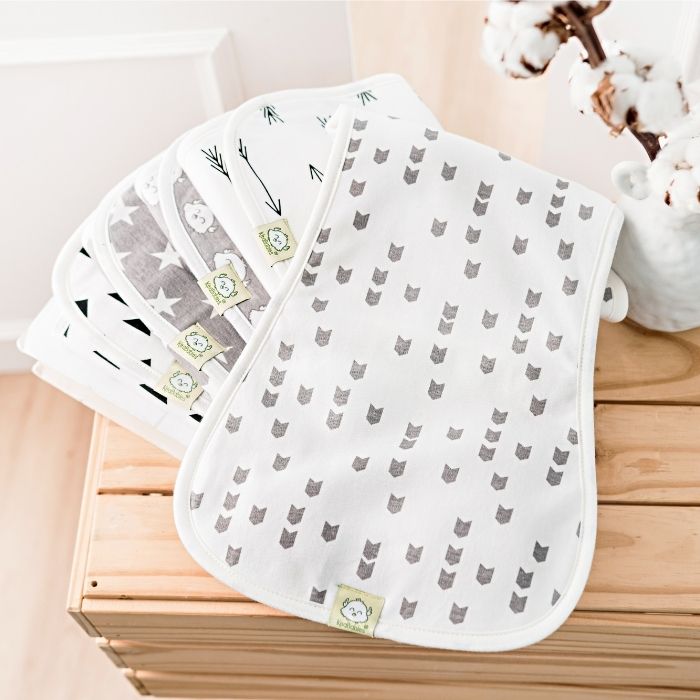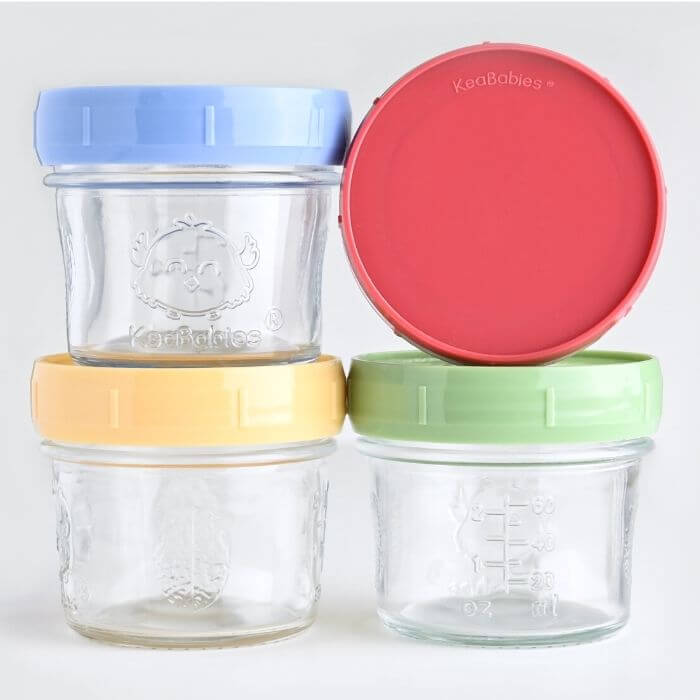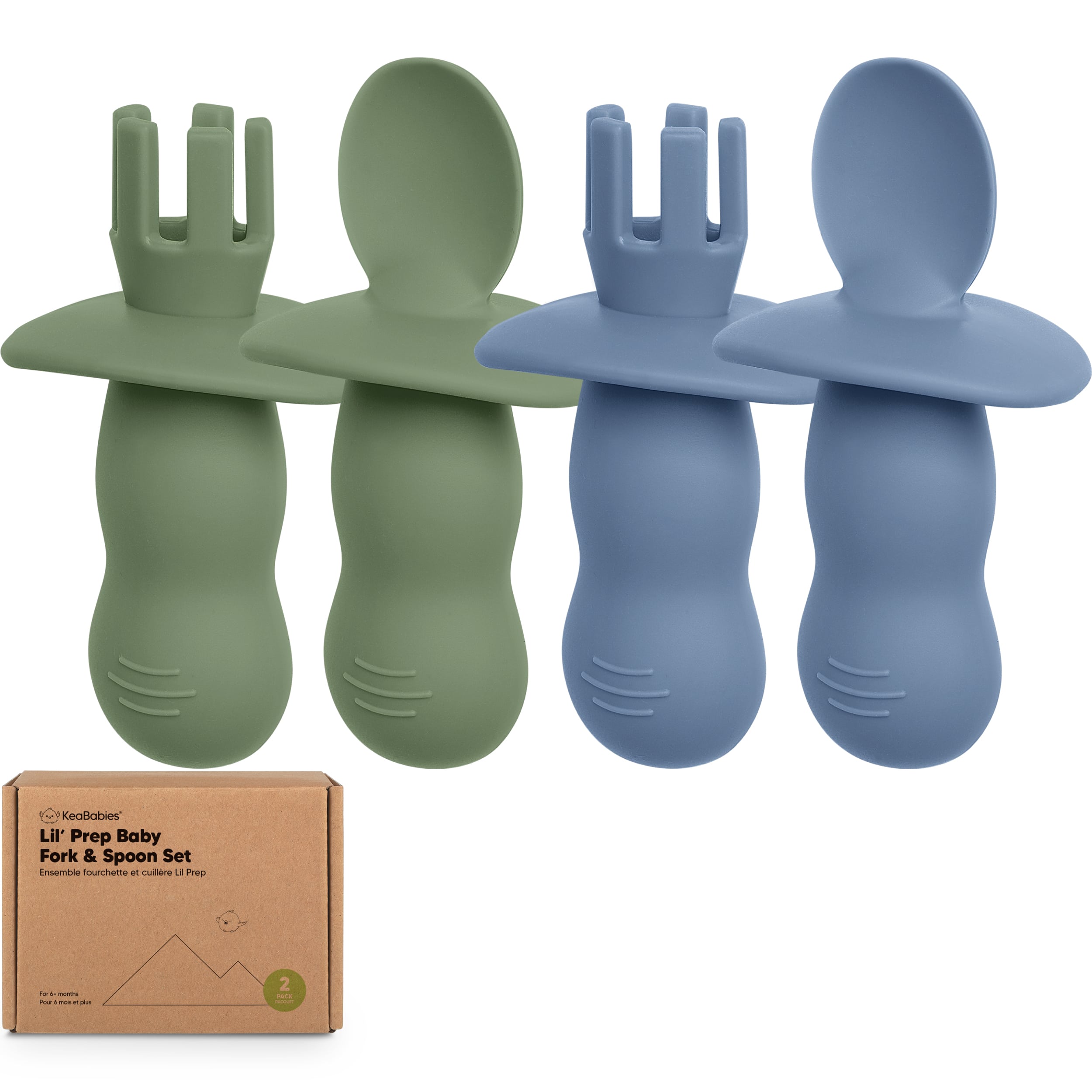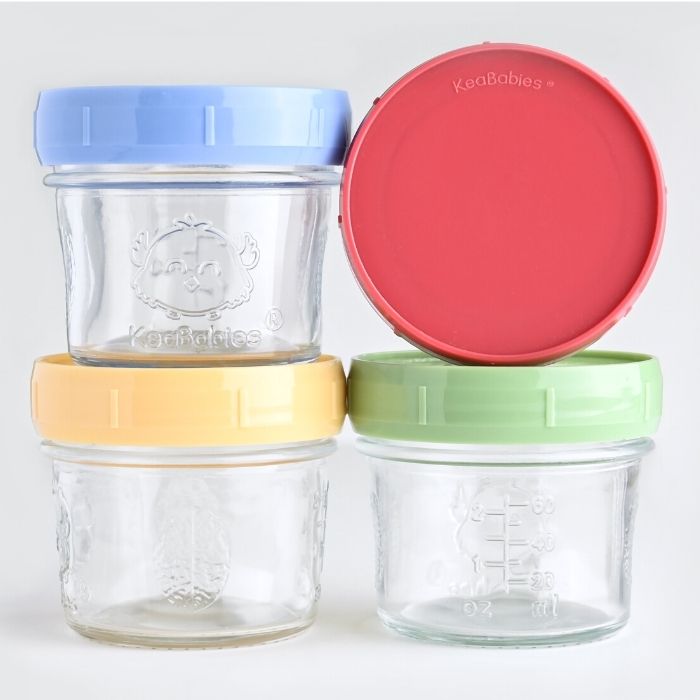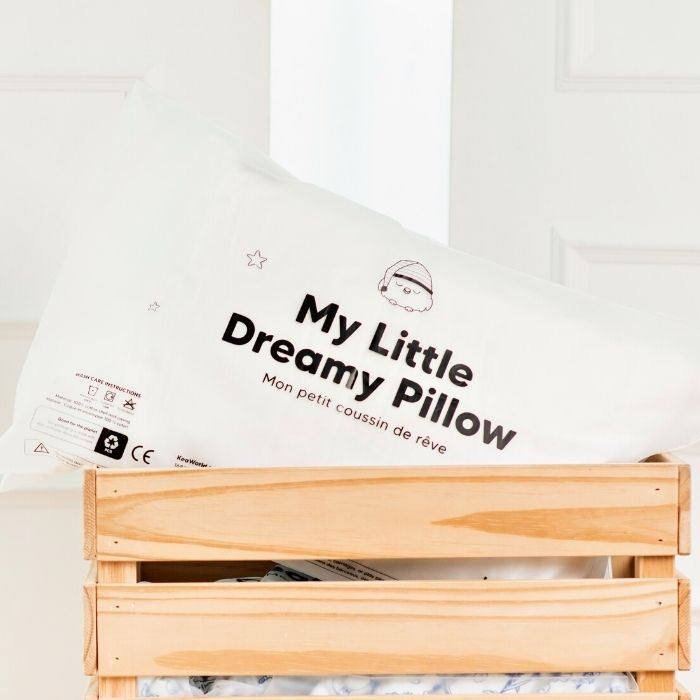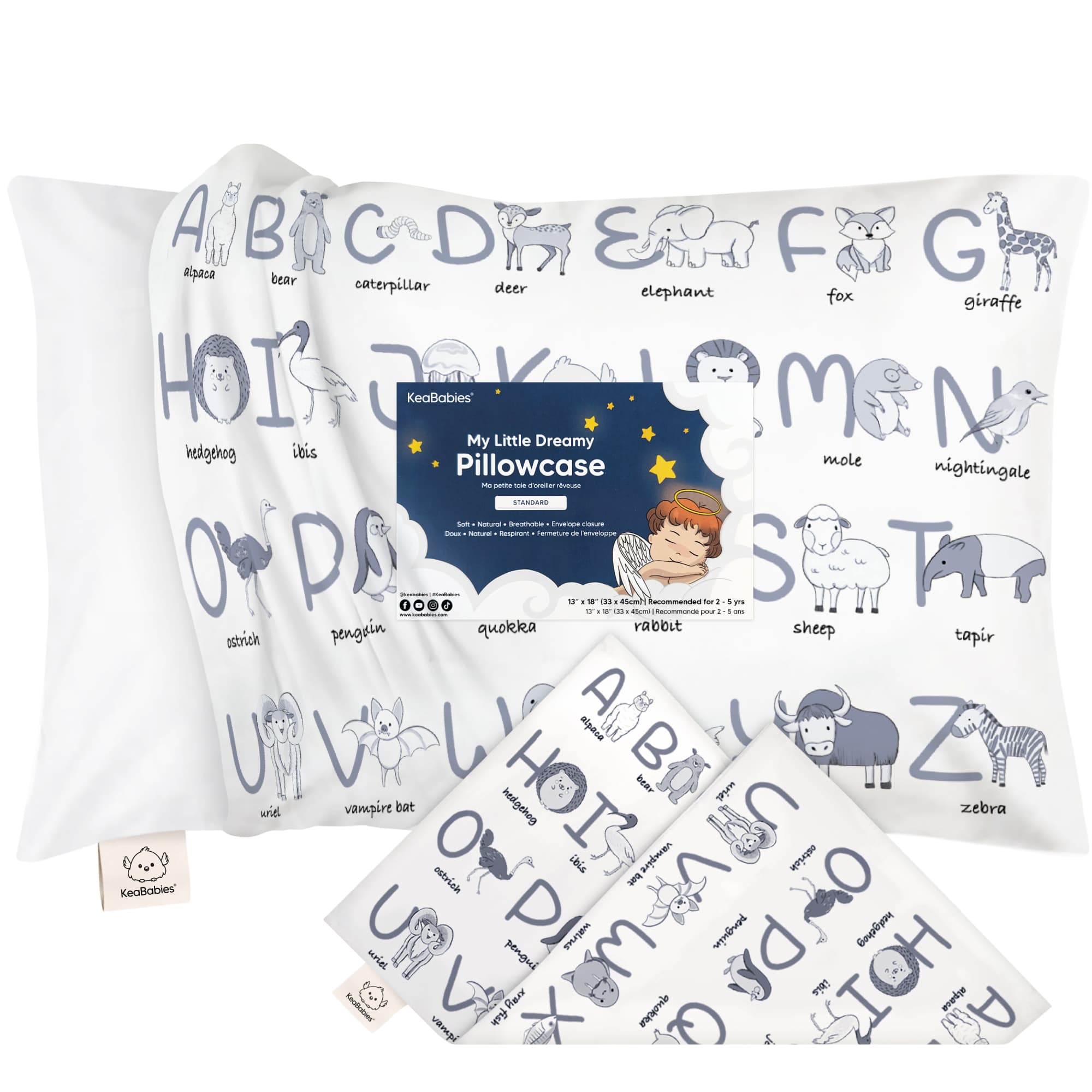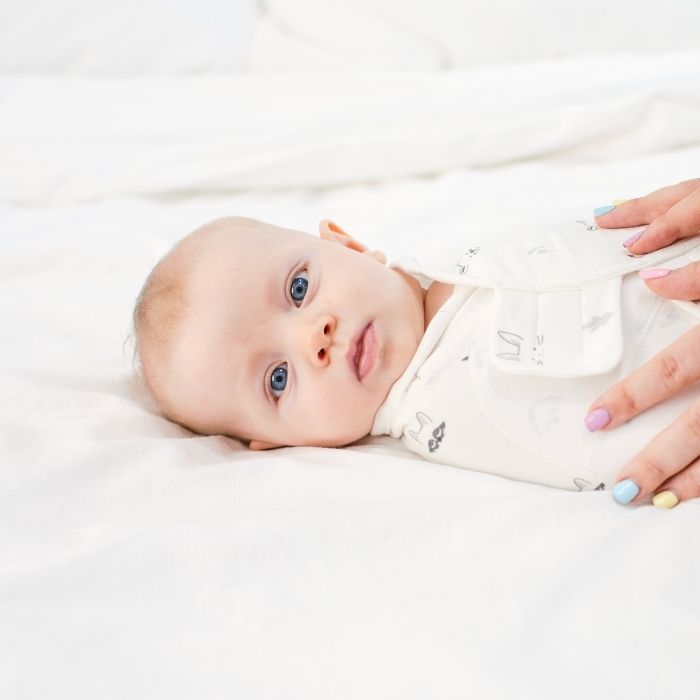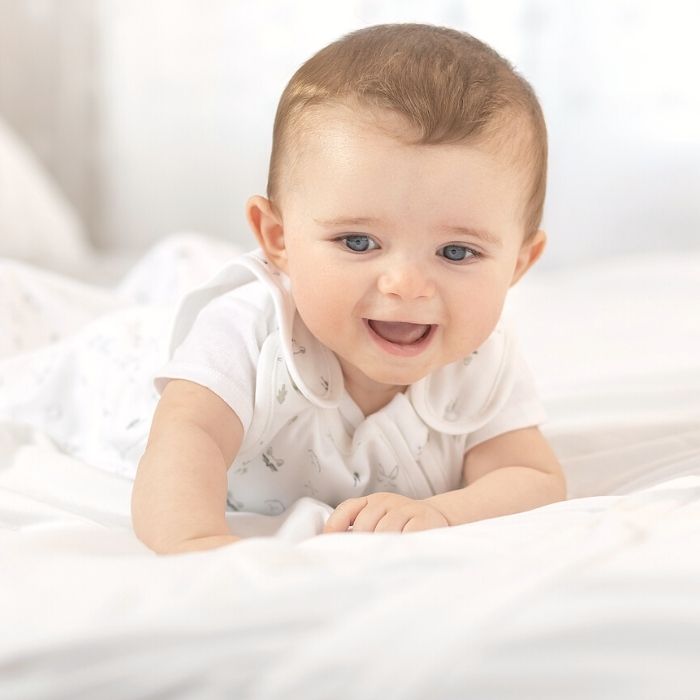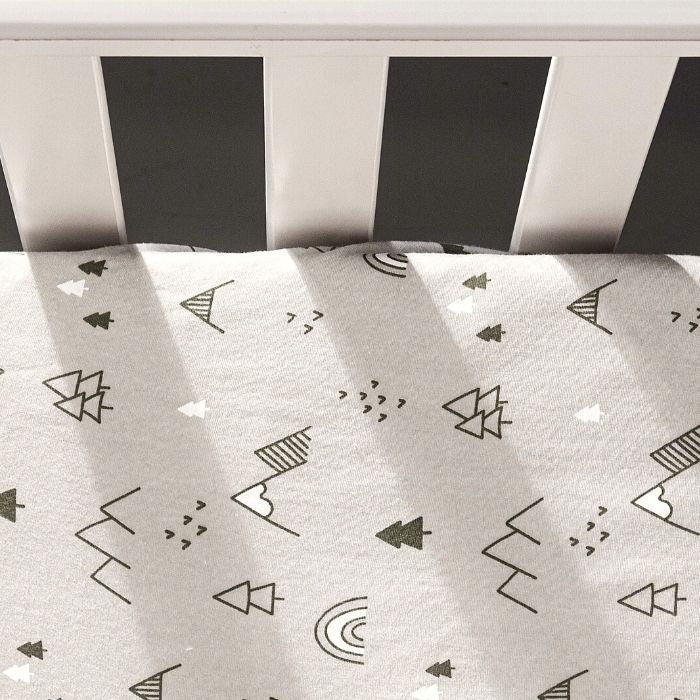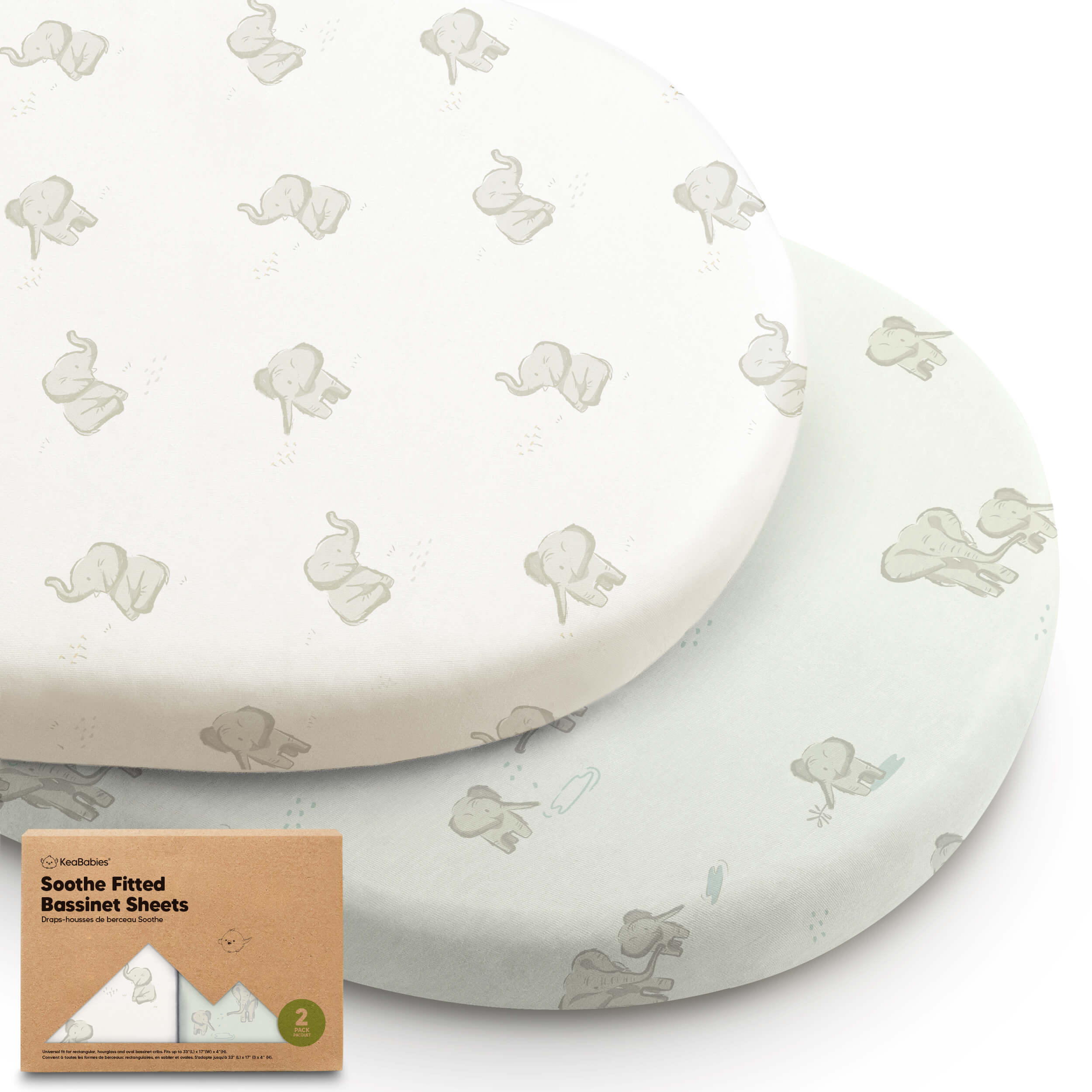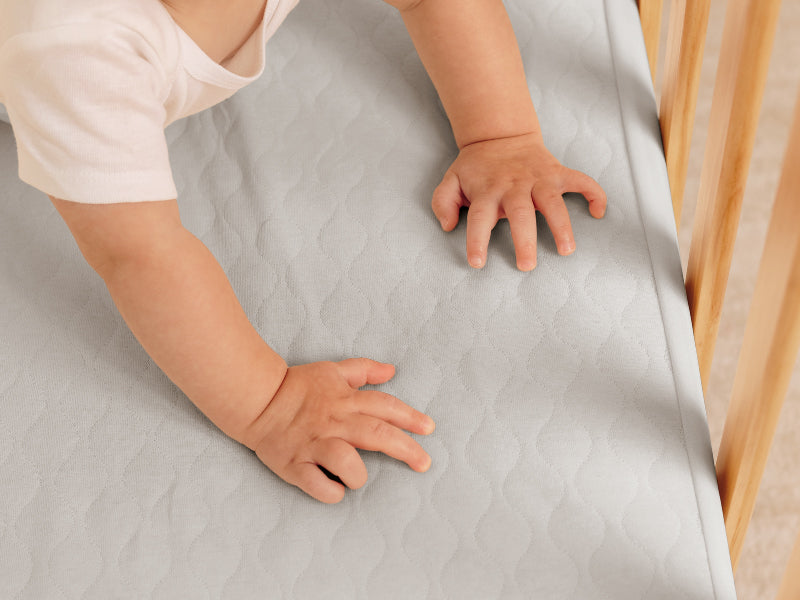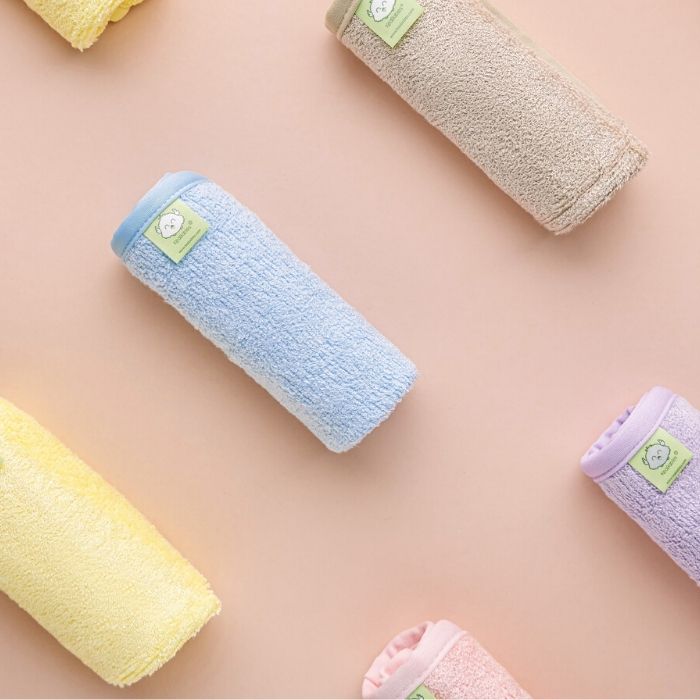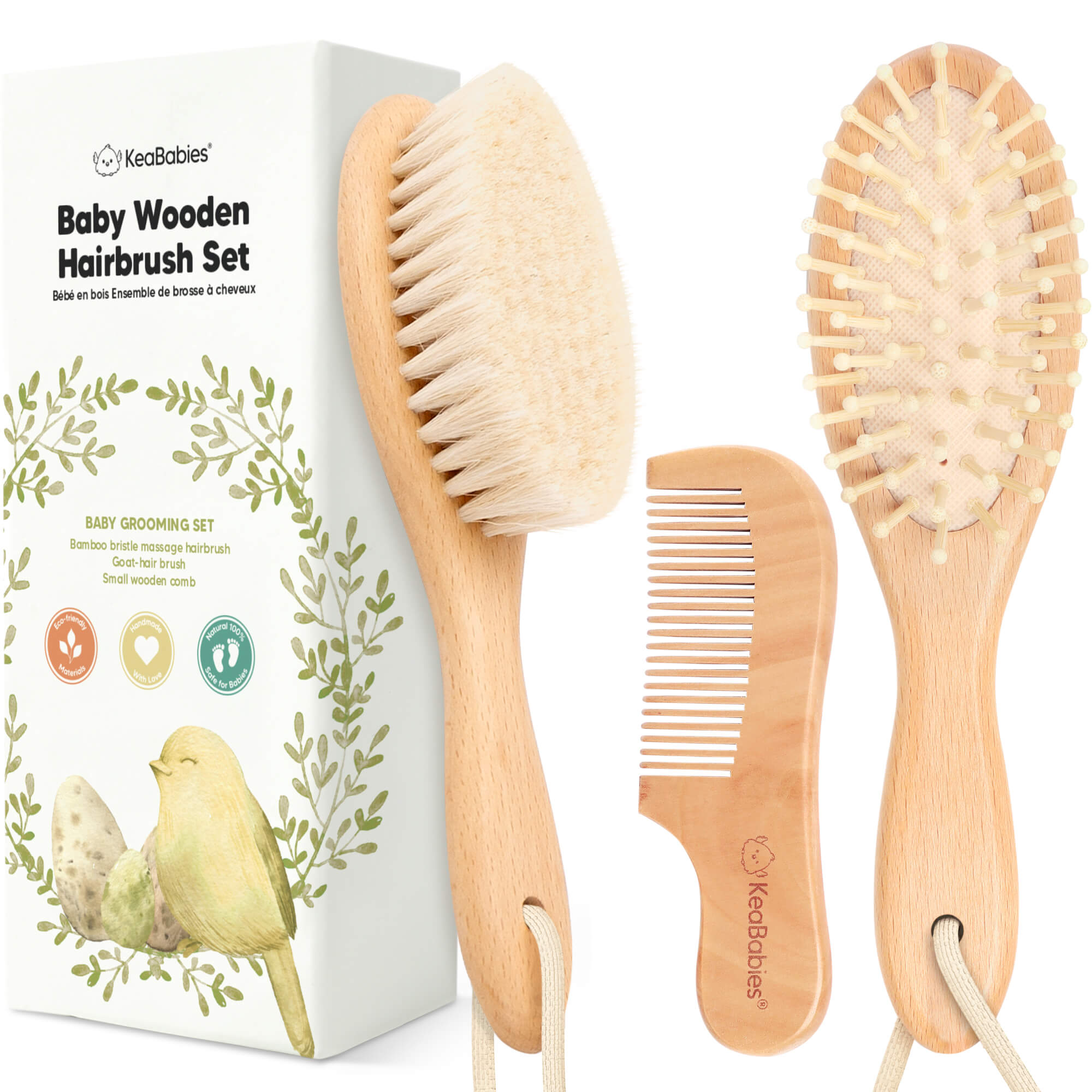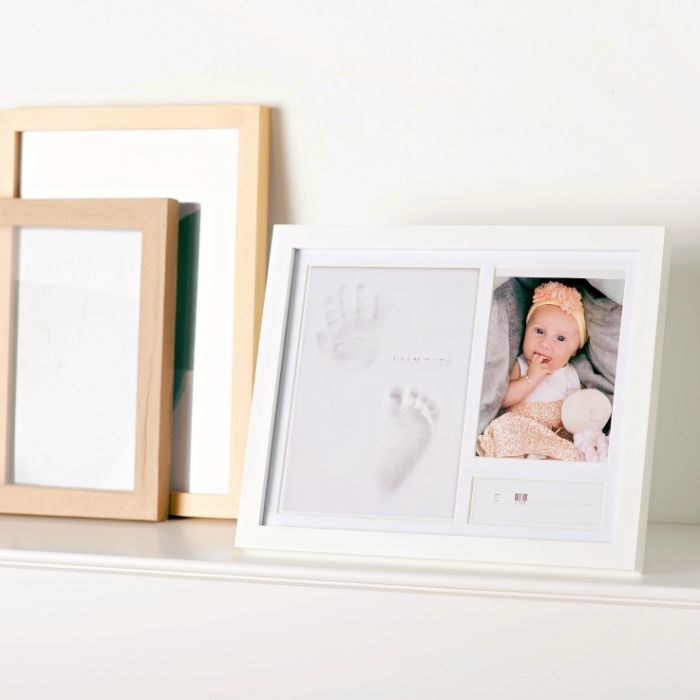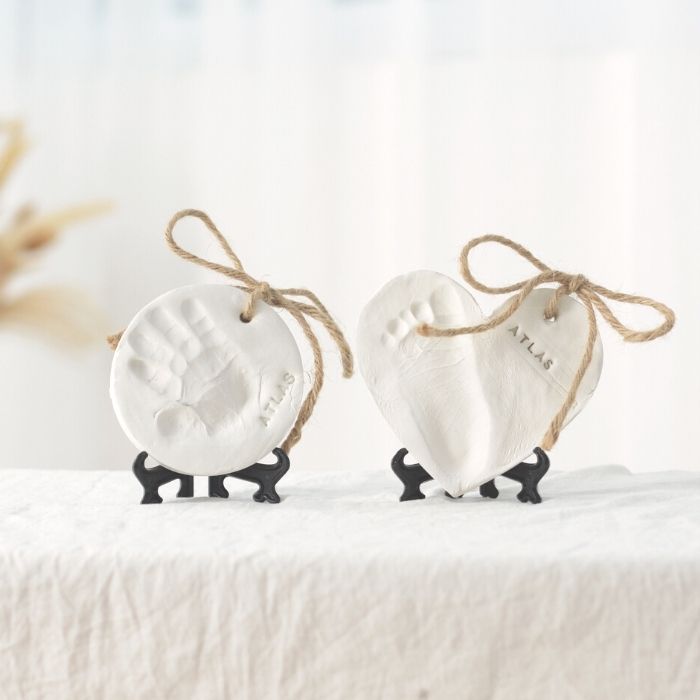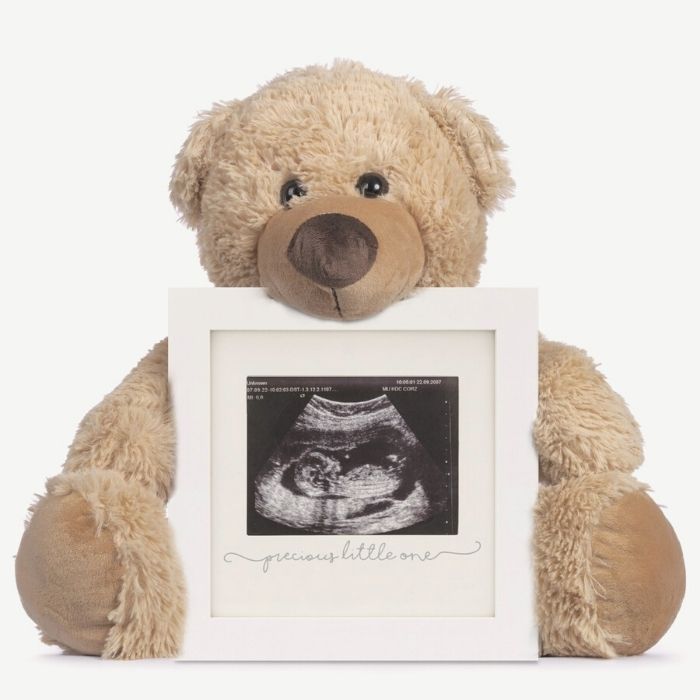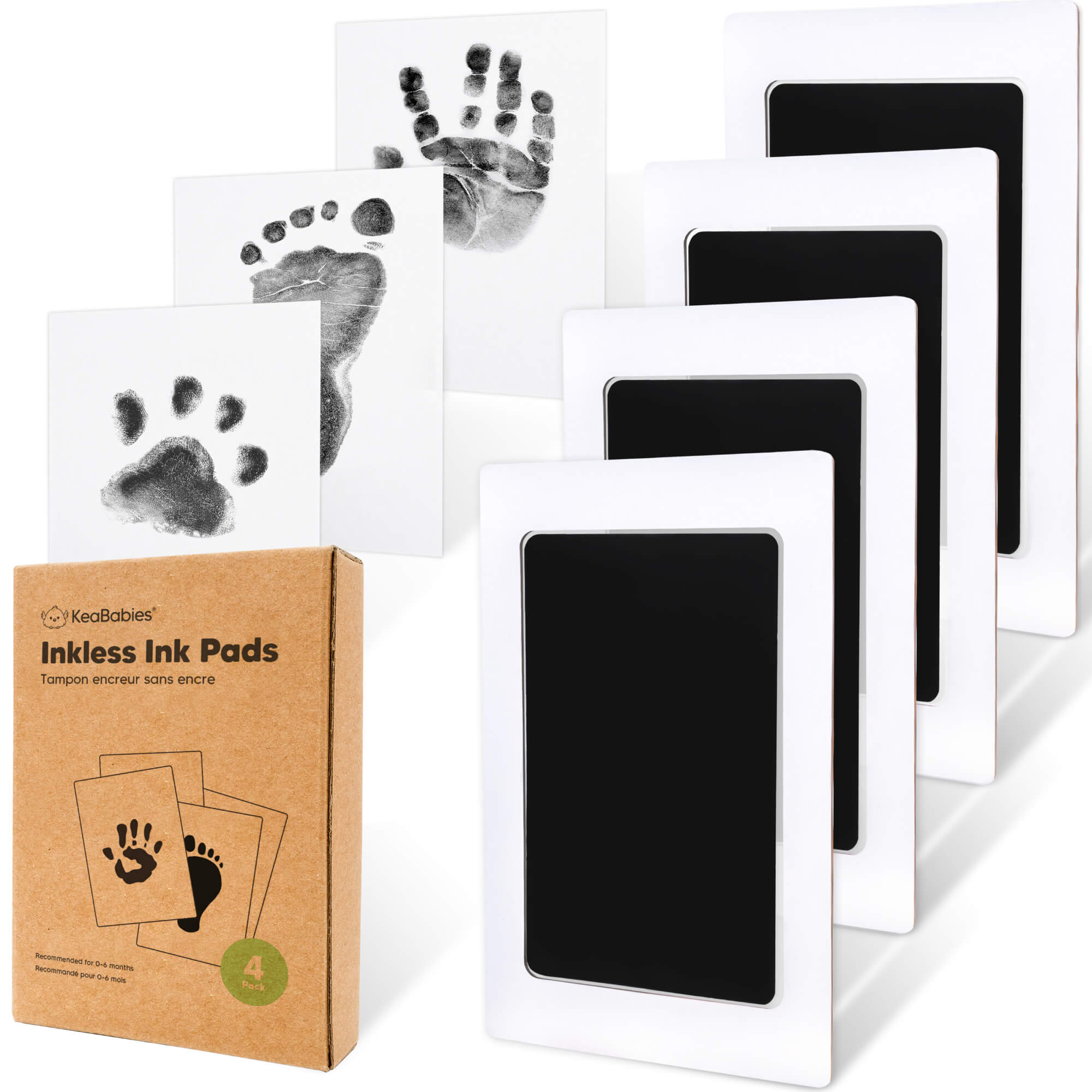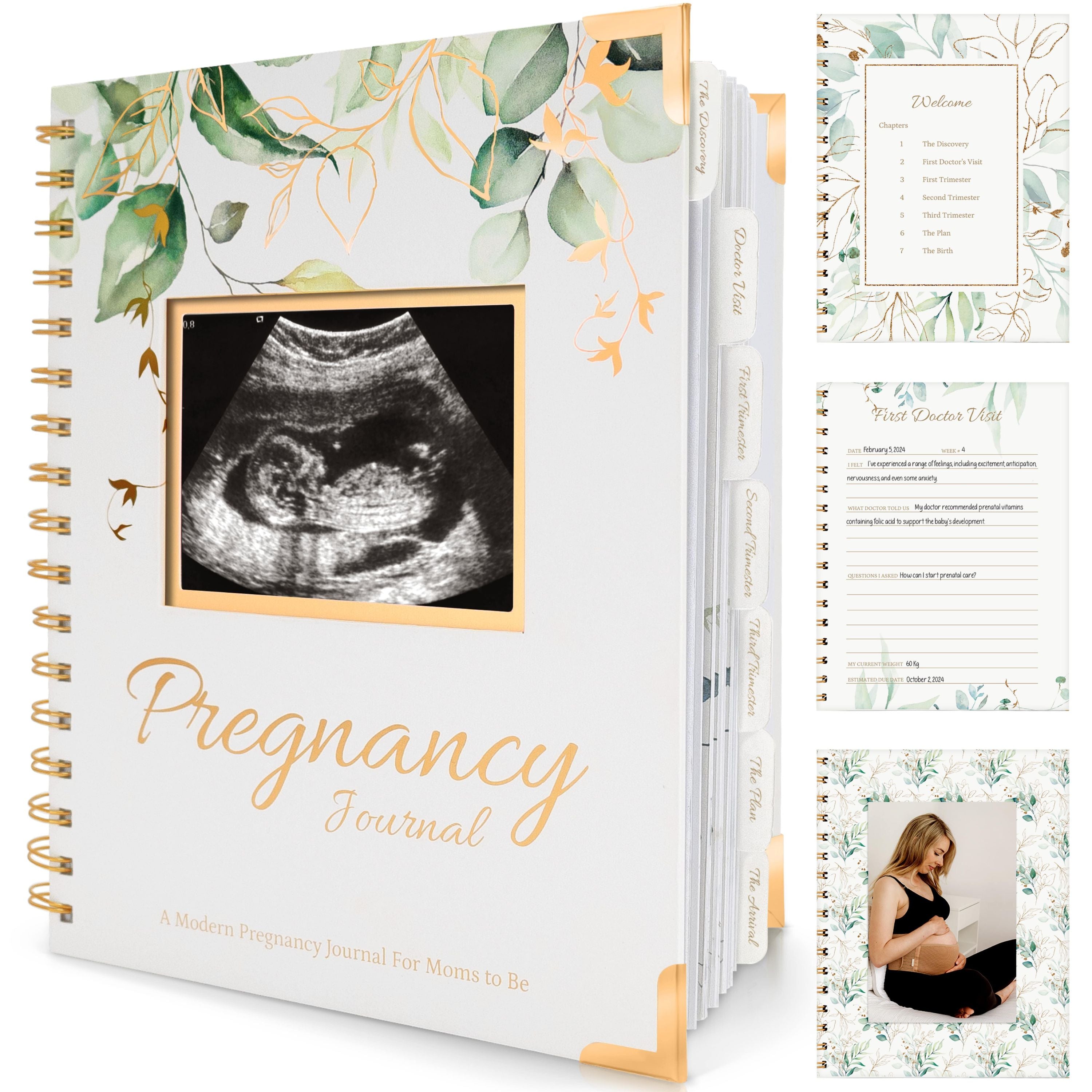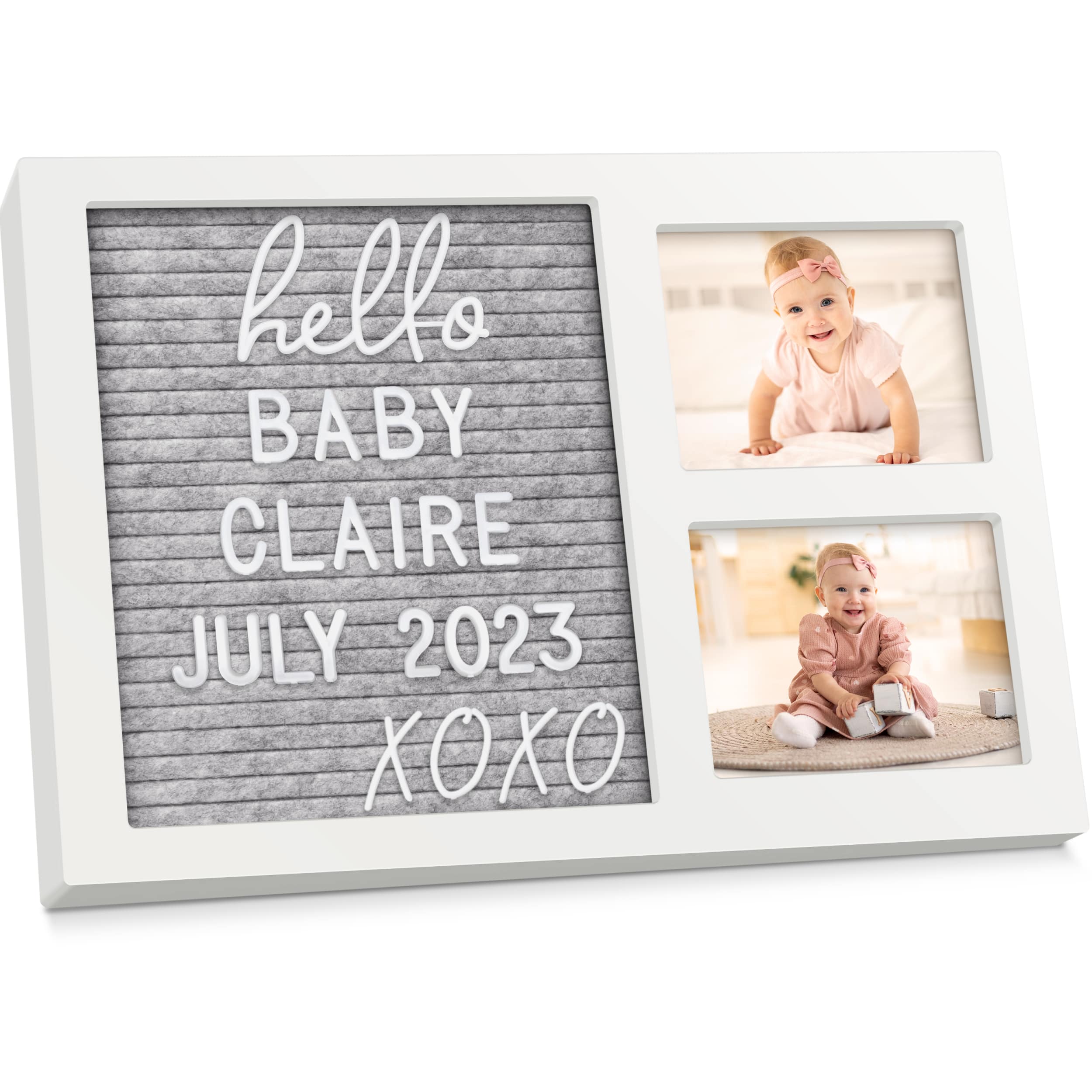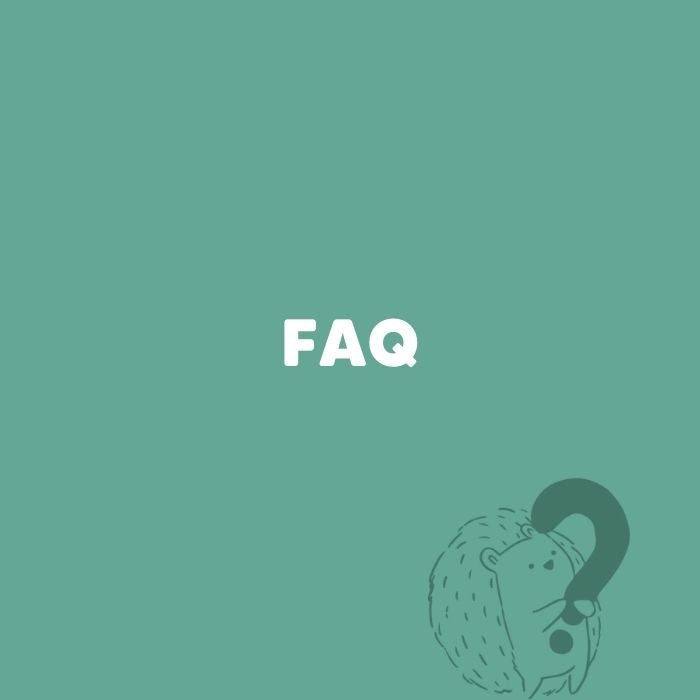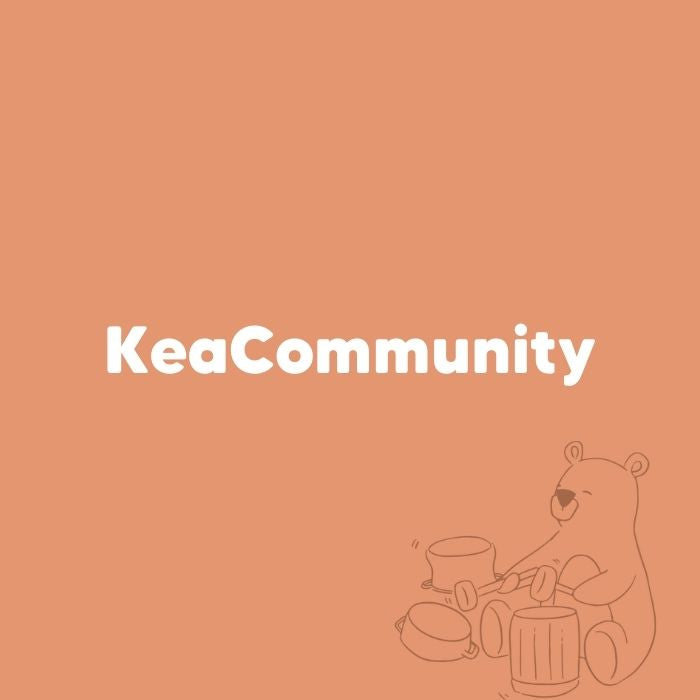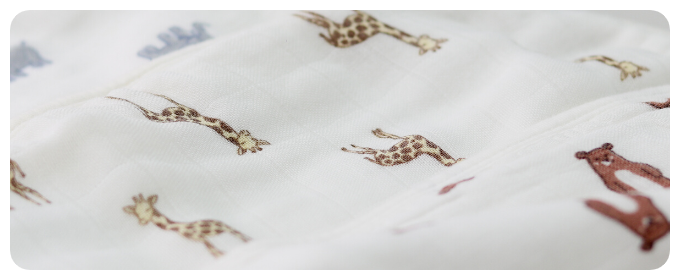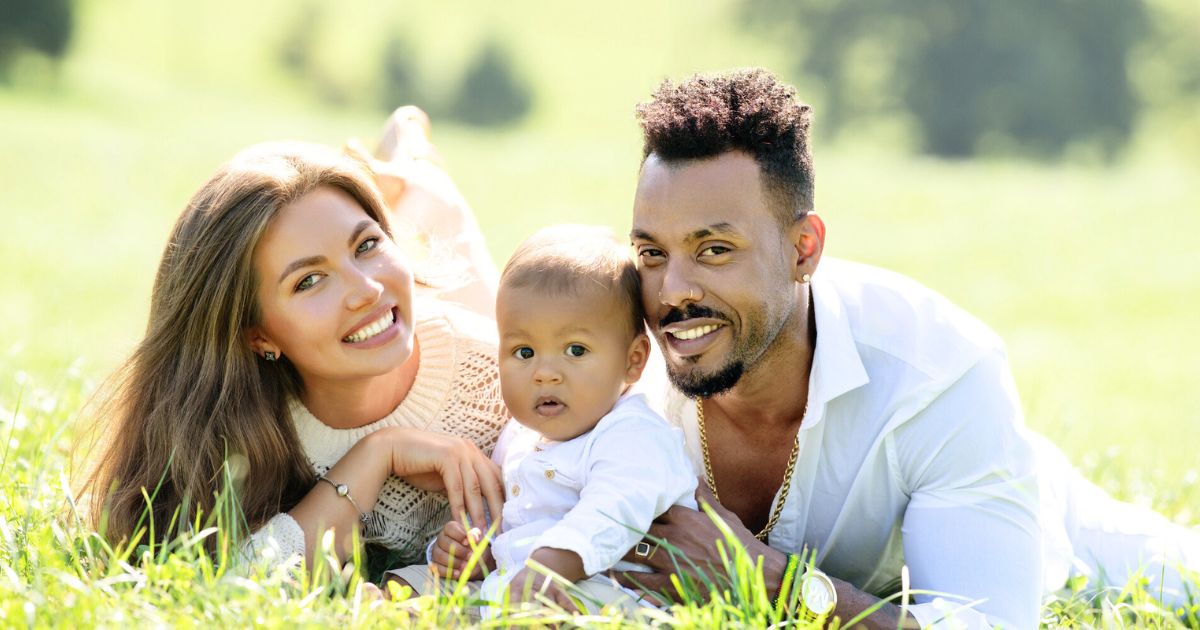
Multicultural Families: Focusing on Joy, Respect and Understanding
Multicultural families are prevalent in today's world, and we should celebrate the rich cultures and values of family members from different backgrounds and upbringings. Here are some easy ways to foster a sense of respect for diverse backgrounds among families.
Parenting in a multicultural household can be amazing and beautiful, and society should celebrate diverse traditions, bilingual upbringing, and respect for different values and beliefs. We also have some simple yet practical ideas for family activities that create an environment of unity and love. Diverse backgrounds are something to celebrate!
The Basics of Multicultural Family Dynamics
Multicultural families are a beautiful tapestry of diverse traditions, belief systems, and unique experiences in the modern globalized world. If you are a part of a multicultural family, fostering understanding and respect among family members is important for building an environment of peace and bonding.
Multicultural families provide a rich environment for celebrating different cultures while nurturing a strong sense of cultural identity and cultural heritage. These types of families have the power to bridge cultures, incorporating elements from various cultures and creating a safe, harmonious environment where each member’s cultural identity is valued and celebrated.
By embracing diversity, these special families can offer valuable insights into the importance of respecting and appreciating different backgrounds and traditions. These can include adopting certain cultural values, focusing on specific religious beliefs, appreciating certain racial groups, and having an open dialogue about what makes us unique.
Multicultural families are increasingly common, reflecting the diversity of the world around us and providing a unique perspective on what it means to belong to multiple communities and cultures. Children growing up in the modern world will experience a society of many belief systems, different languages, different holidays that families celebrate, and new ways to explore the world around them.
Overcoming Some of the Unique Challenges of Navigating Cultural Differences
Navigating cultural differences is a challenging, but rewarding, experience for multicultural families, requiring open conversations and a willingness to learn from each other’s cultures. Navigating these challenges as a family unit is a great way to solidify bonds with one another.
Not many families in today's world are just one culture, so it's important to speak out about the things that make your family special.
Differing Perspectives and Languages
Parents in multicultural families must find a middle ground that respects both perspectives and values, creating a safe space for children to explore their cultural identities.
Multicultural families can incorporate elements from different cultures, such as language, traditions, and cultural practices, to create a unique and enriching family life. Families provide the basis of language learning, especially in the early years before their children start school.
Children learn language from their parents, and quickly pick up on the languages spoken in the home. Research shows many benefits to raising bilingual children, especially those children that will grow up in a world where they can easily interact with many cultures.
Teaching multiple languages in the home is one way parents can celebrate their heritage. Knowing more than one language is an extremely valuable skill for kids that are growing up in a diverse world. Language is a pivotal way to foster understanding of different cultures and diverse families, and parents should be proud to pass down their native language to their children if they can! Although children will receive foreign language education at school at some point, using multiple languages at home as part of your parenting philosophy can be a great way for kids to explore other cultures.
Parents can teach their children that differences should unite, not divide, us. Honoring multicultural families helps people recognize and accept different traditions, celebrating the ways we are different. It wouldn't be a beautiful world if we were all exactly the same.
Differing Traditions and Appearances
Children in multicultural families can learn valuable lessons about respect, empathy, and understanding by navigating cultural differences and celebrating diverse cultural backgrounds. One of these ways is for parents to share stories and traditions from their cultures.
Traditions can include special holidays, religious traditions, certain styles of clothing, certain family structures and dynamics, certain books and stories, unique living situations, and other aspects of heritage. Family traditions include the ways you honor your religion or spiritual upbringing, so don't be afraid to incorporate those into your parenting philosophy.
Core values are an important part of culture that parents can pass on to their kids. If you're struggling with where to start, try identifying 5-7 important values or lessons from your cultures that you want to teach your children.
This can be things like being honest, living a humble lifestyle, working hard even when you don't want to, the importance of serving your community, when and how to pray or meditate, how to respect different cultures, or respecting elders or teachers. You might even find many parallels between cultures in the family, making it easier for parents to blend the principles of both cultures into one unique perspective on life and raising children.
Sometimes the unique blend of cultures in families means children look vastly different from one another. By fostering open dialogue and mutual respect, multicultural families can overcome challenges and build a strong sense of unity and cohesion, even when everyone doesn't look exactly the same.
Building a Strong Cultural Identity
Building a strong cultural identity is essential for children in multicultural families, and requires a deep understanding of their cultural heritage and traditions. Parents can help their children develop a strong sense of cultural identity by sharing stories, traditions, and cultural practices from their native cultures.
Multicultural families often celebrate different traditions and holidays, such as those from Native American families or other cultural groups, to promote cross-cultural understanding and appreciation. Children can benefit from learning multiple languages and exploring different cultural activities, such as music, dance, movies, books, or art.
If the children's grandparents are around, they can also be a rich source of cultural appreciation. Grandparents have a special place in their grandkids' lives, and can often provide them with an enriching education on their cultural activities and stories. Have your kids spend extra time with their grandparents, sharing stories with one another and embracing what makes their family heritage so wonderful and unique.
Another way to start family traditions that celebrate cultural identity is through arts and creativity. If you do family photos, you can display them with pride in your house. Try a sweet photo frame like the Baby Handprint and Footprint Frame from KeaBabies for an amazing display piece for your home. To celebrate the different cultures or backgrounds of family members, you can take a photo of each person's hand resting on top of the others, showing off the differences in skin color, to display in one of the photo areas, and then put a family photo in the other slot. This frame also lets you stamp your baby's handprint and footprint into clay, to create a wonderful display you can cherish for years to come.
By embracing their unique cultural identities, children in multicultural families can develop a positive sense of self and a strong connection to their cultural heritage. Encourage your kids to explore aspects of their rich heritage and teach them that being "different" is not only okay, but is something to honor and celebrate in life!
Embracing Diversity and Cultural Identities in Modern Families
Embracing diversity in cultural identities is essential for multicultural families, and requires a willingness to learn from and appreciate different cultural backgrounds and traditions. Multicultural families can provide a unique perspective on the importance of respecting and valuing diversity.
Children in multicultural families can learn valuable lessons about the importance of diversity and inclusion by navigating different cultural identities and traditions, instilled in them from their parents, grandparents, and extended family members. Multicultural families can celebrate their diversity by incorporating elements from different cultures, such as food, music, or art, into their family life.
|
|
Meet Our KeaMommy Contributor: Kaitlyn Torrez I’m Kaitlyn Torrez, from the San Francisco Bay Area. I live with my husband and two children, Roman and Logan. I’m a former preschool teacher, currently enjoying being a stay at home mom. I love all things writing, coffee, and chocolate. In my free time, I enjoy reading, blogging, and working out. |

